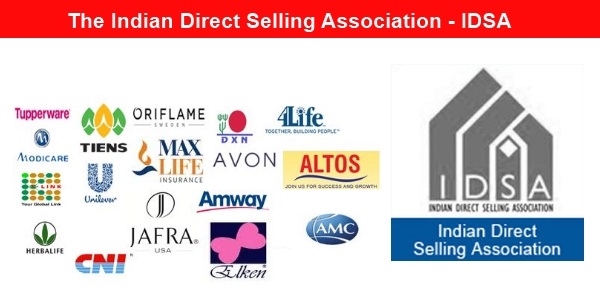After a devastating pandemic, the US sees the flourishing that it has never seen. The monetary business sectors are revitalizing. There’s a ton of pain-free income going around. In this climate, Bernie Madoff goes back on schedule and meets Charles Ponzi. Both social groups run the most effective Ponzi plan ever; thus, the story goes.
Madoff, who kicked the bucket a week ago in jail, where he was carrying out a 150-year punishment, has never met Ponzi, given that they lived in various periods. Ponzi passed on in 1949. In any case, Madoff was maybe Ponzi’s best devotee ever. He, in contrast to Ponzi, ran a Ponzi plot for a long time.
At its pinnacle, Madoff’s alleged “speculation plot” had $64.8 billion in it. He guaranteed that he was creating returns by utilizing an exchanging methodology called the split-strike change. In any case, in all actuality, the cash wasn’t contributed anyplace to produce returns. All that Madoff could do was take the money being gotten by new financial backers to take care of the old financial backers, while as far as anyone knows, producing an arrival of 10% each year, after quite a long time after year. The plan became bankrupt in December 2008.
At its heart, the Ponzi conspire—named after Charles Ponzi—is an essential activity. It guarantees a lot higher pace of return than different alternatives accessible in the monetary framework at a given mark of time. Numerous Ponzi conspires likewise have an alleged “plan of action” to cause it to appear as though a real business creating incomes. The central part of financial backers who get into the plan and acquire the exceptional yield on offer becomes its image representatives, giving it a solid verbal exposure and drawing in fresher financial backers.
He proposed to an individual in Spain to buy into the magazine. The individual sent him a worldwide postal answer coupon. This coupon could be traded at the nearby American mail center for American stamps, which could be utilized to send the magazine to Spain. Ponzi understood that the global postal answer coupon could be purchased in Spain at a likeness value around one American penny. Yet, when traded in the US, he would get stamps worth six American pennies.
Ponzi dispatched a venture plan to misuse this exchange opportunity, promising to twofold an individual’s interest in only 90 days. Financial backers got pulled in by the 100% return in a quarter of a year which was on offer. The plan had an all-out venture of $15 million at its pinnacle from 40,000 financial backers.
Ponzi began carrying on with an existence of extravagance. By and by, his extraordinary life concluded, with the Boston Post running an uncover on 26 July 1920. On 10 August, Ponzi’s plan imploded.
Anatomy of a Ponzi op
The top quality of a Ponzi scheme is that they offer a high return to financial backers. The inquiry is how high will be increased. Charles Ponzi had delivered twofold financial backers’ cash in 90 days. This infers an arrival of 100% in a quarter of a year. If his plan had kept going a year, it would have wound up giving an intensified yearly return of an incredible 1500%.
In 2010, a Ponzi scheme called Speak Asia turned into the fury in India. This elaborate an underlying venture of ₹11,000. Against this speculation, the financial backers needed to take an interest in two online reviews each week. For each study, they were guaranteed an installment of ₹500. This would mean a procuring of ₹1,000 each week or ₹52,000 over the year, a yearly profit from the speculation of 373% on the first amount of ₹11,000.
Famous backers
In the new past, another Ponzi Scheme called Oksome has become exposed. As a Walk 2021 report on Moneylife. calls attention to: “Oksome gathers cash from individuals under the affection of preferring recordings and messages posted on YouTube, Facebook, and Instagram by ‘endless web superstars.'” On speculation of ₹6,000 to purchase an enrollment, a yearly pay of ₹91,800 is guaranteed.
Throughout the long term, numerous Ponzi plans have effectively utilized brand ministers for brand building. The most well-known illustration of this is hometrade.com, a complex Ponzi plan of the mid-2000s. The organization used cricketer Sachin Tendulkar and entertainers like Shah Rukh Khan in underwriting efforts.
The entryway should be a monetary administration gateway. In addition to other things, the gateway peddled for and got cash from helpful banks and Sailors’ Opportune Asset, promising them significant yields by putting resources into short-dated government protections.
Cash hence raised was regularly redirected into the securities exchange. When assets were because of one helpful bank, money was raised from another agreeable bank to take care of the principal bank.
When the plan fell, the celebrity endorsers washed their hands off it by saying they had no clue about the Home trade plan. Along comparative lines, film star Mithun Chakraborty was the brand diplomat for the Saradha gathering of organizations. In June 2015, Chakraborty gave up the ₹1.2 crores he had gotten from the Saradha gathering to the Implementation Directorate.



